This article provides great information to help kids understand fingerprints and why they can be used to identify people.
Background
Fingerprints are the oldest biometric, and one of the most useful biometrics for forensics. In the 1800s, people began to classify and compare fingerprints. Police started taking fingerprints of criminals in 1880, starting in Paris. By 1924, the FBI started a fingerprint collection with hundreds of inked cards. By the 1960s, the Royal Canadian Police had over a million fingerprints, and began to store them on video tape; then in the mid 1970s, this was replaced by the first automated fingerprint identification system (AFIS), using computers. Today, the FBI has computer databases with over 200 million fingerprints.
What makes fingerprints so useful for crime scene investigation? Even though we can't always see them, fingerprints are left behind whenever we touch something. Our hands have oils and sweat, and while the water evaporates, the oil leaves a fingerprint behind. Police can dust objects with dark powder, which sticks to the oil. Then special tape is placed over it, to peel off the fingerprint patterns. Often fingerprints are found on weapons.
Think of all of the detail in fingerprints. Did you know that even identical twins do not have the same fingerprints? To compare against a large number of fingerprints, it is easier if we classify them to break them into smaller groups. Scotland Yard developed a system in the late 1800s, to label the fingerprint as an arch, loop, or whorl.
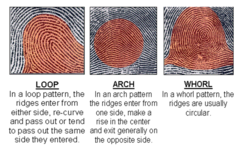
Besides the general classification, there are small details, called minutiae, that we can use to compare fingerprints. We can note where ridges cross over or end. Sometimes a ridge will split, which is called a bifurcation. Sometimes we can compare the valleys between the ridges; a delta is a 3-way valley. Note that the little dots are sweat pores.
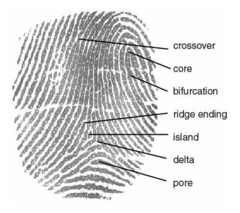
When we compare fingerprints, we won't get an exact match. Often we touch things with the tips or sides of our fingers. We may need to rotate the prints to compare them. A computer can quickly search millions of fingerprints, and find the closest matches.

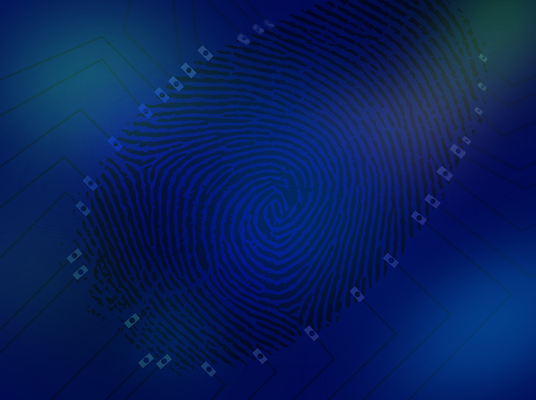
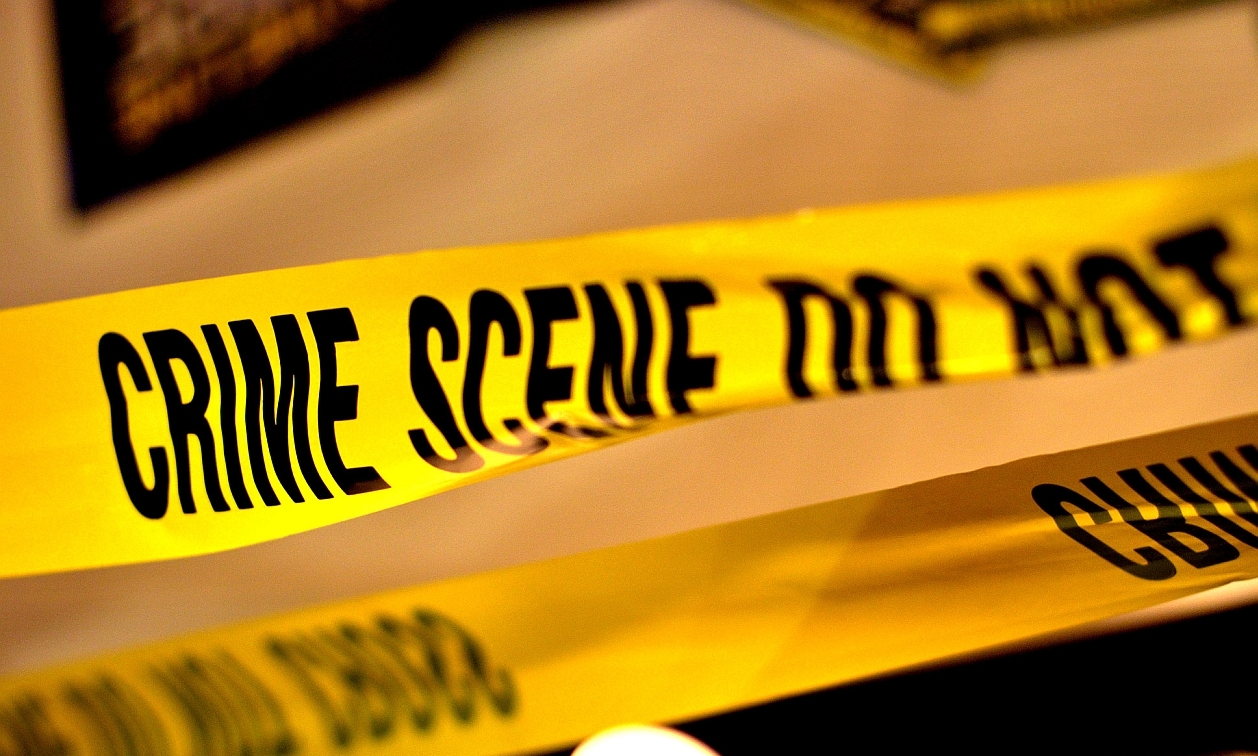
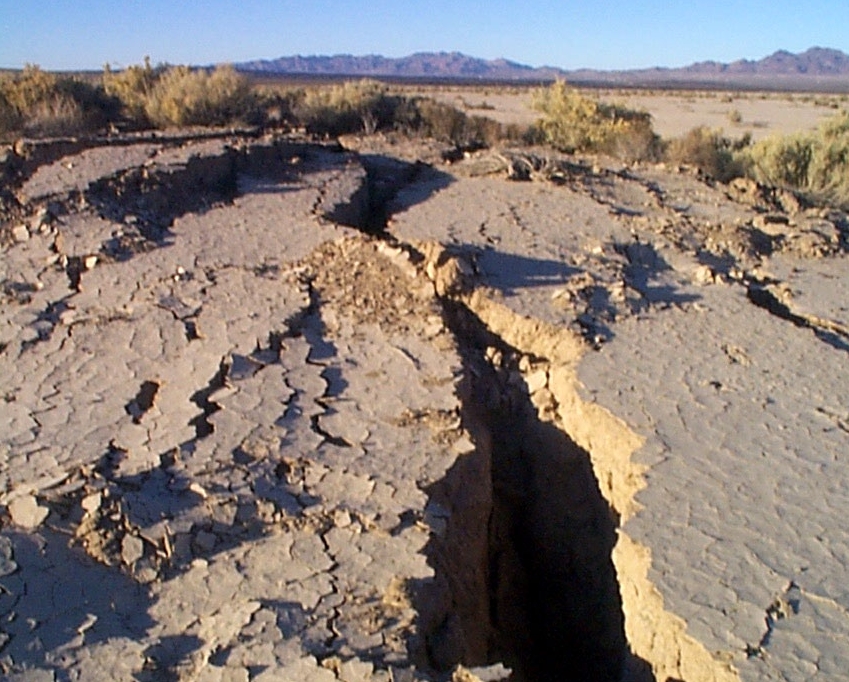
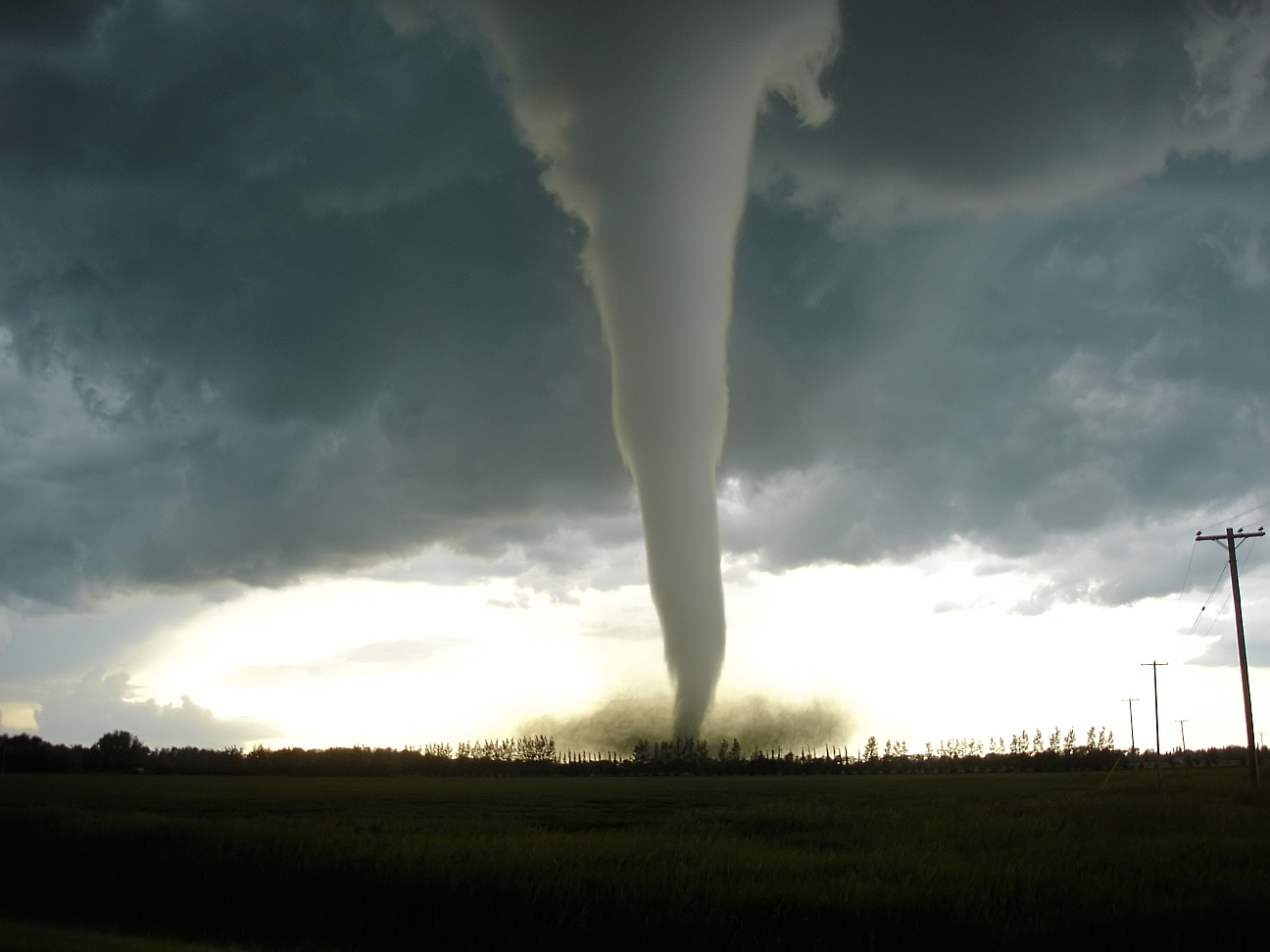
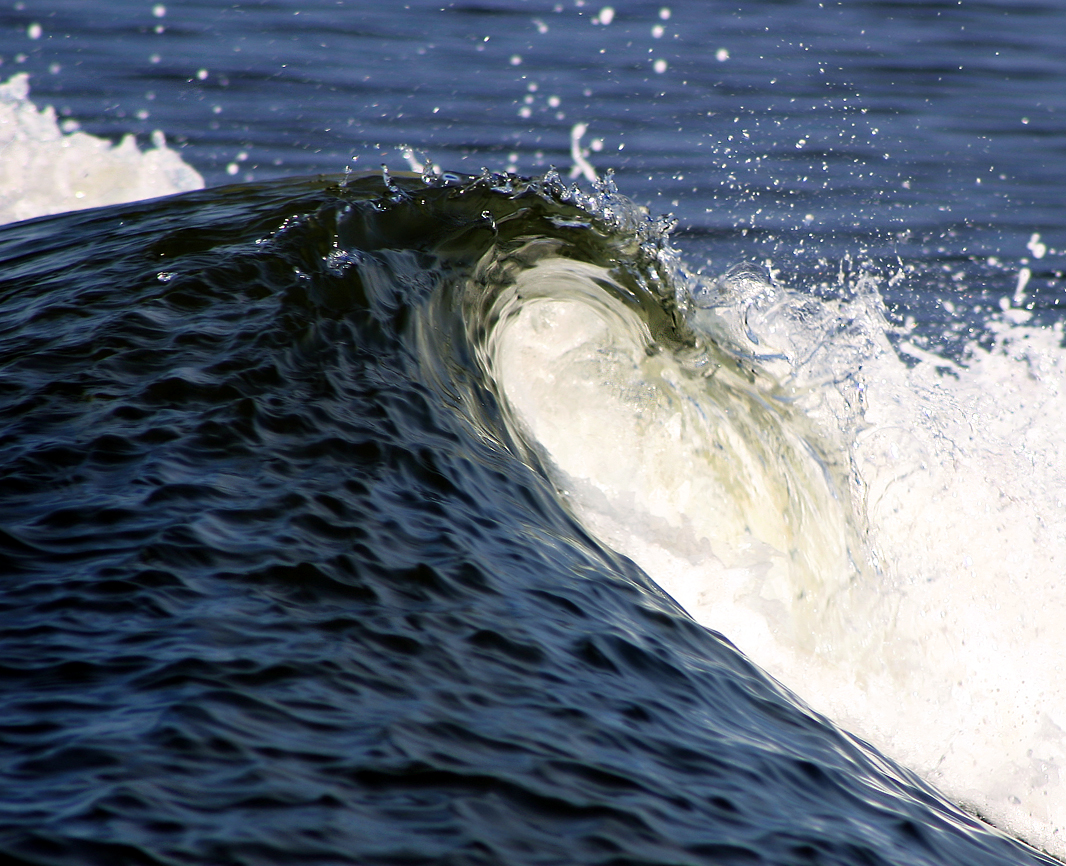
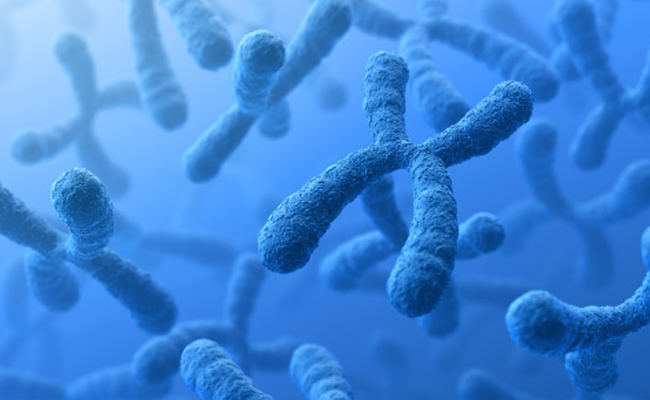
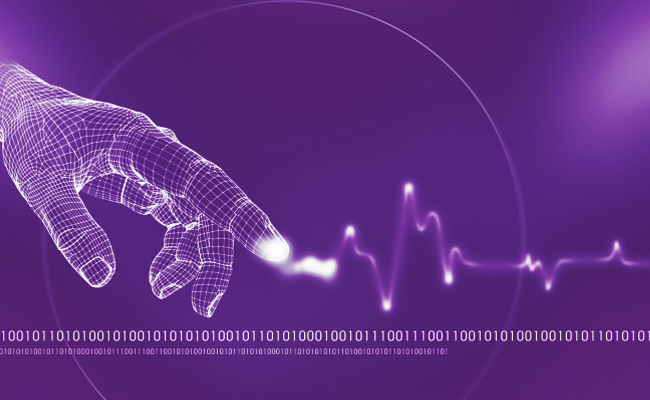
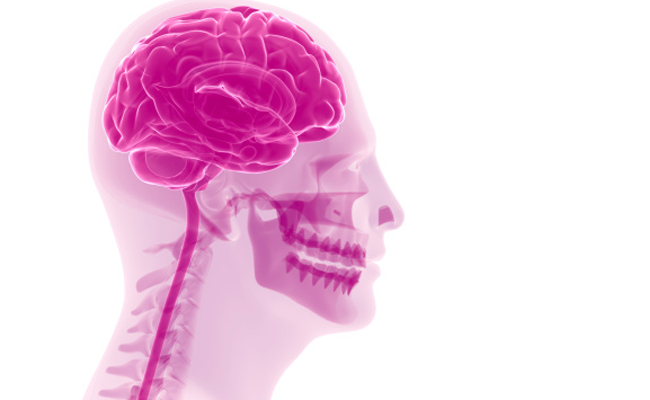

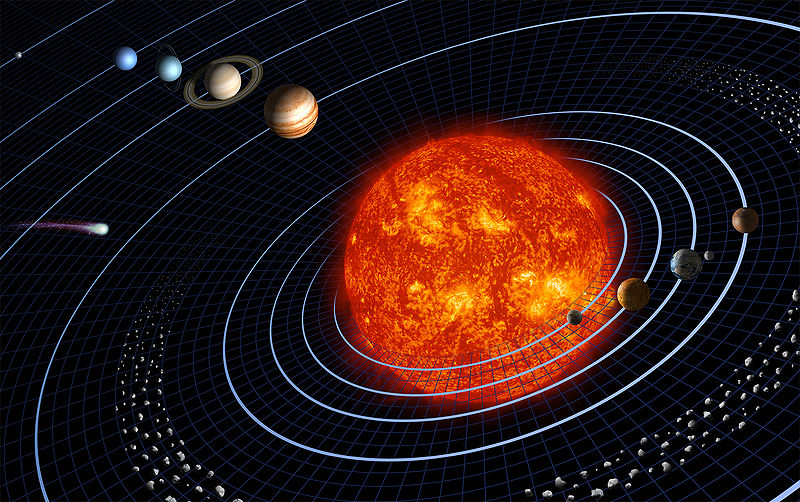
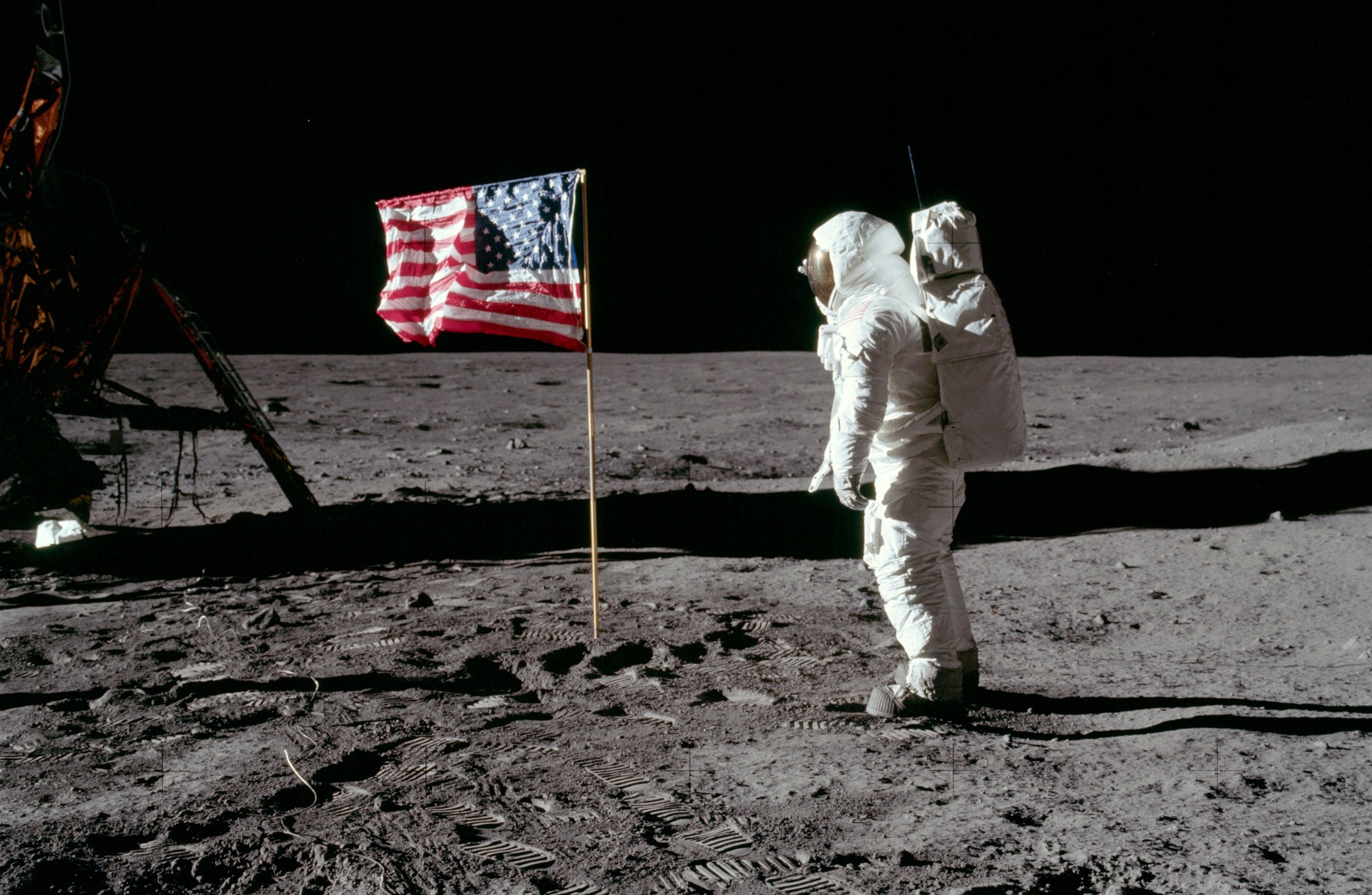
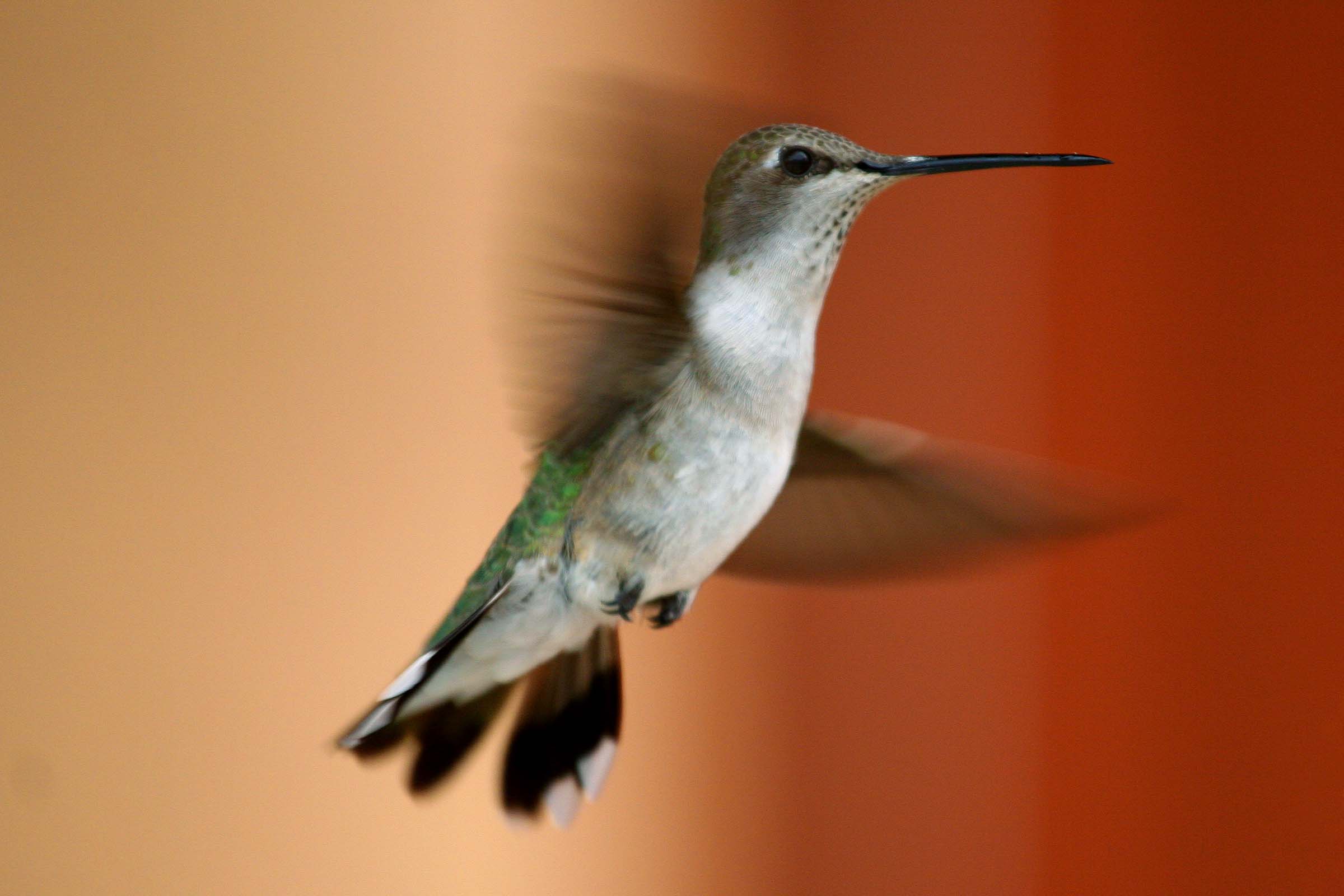
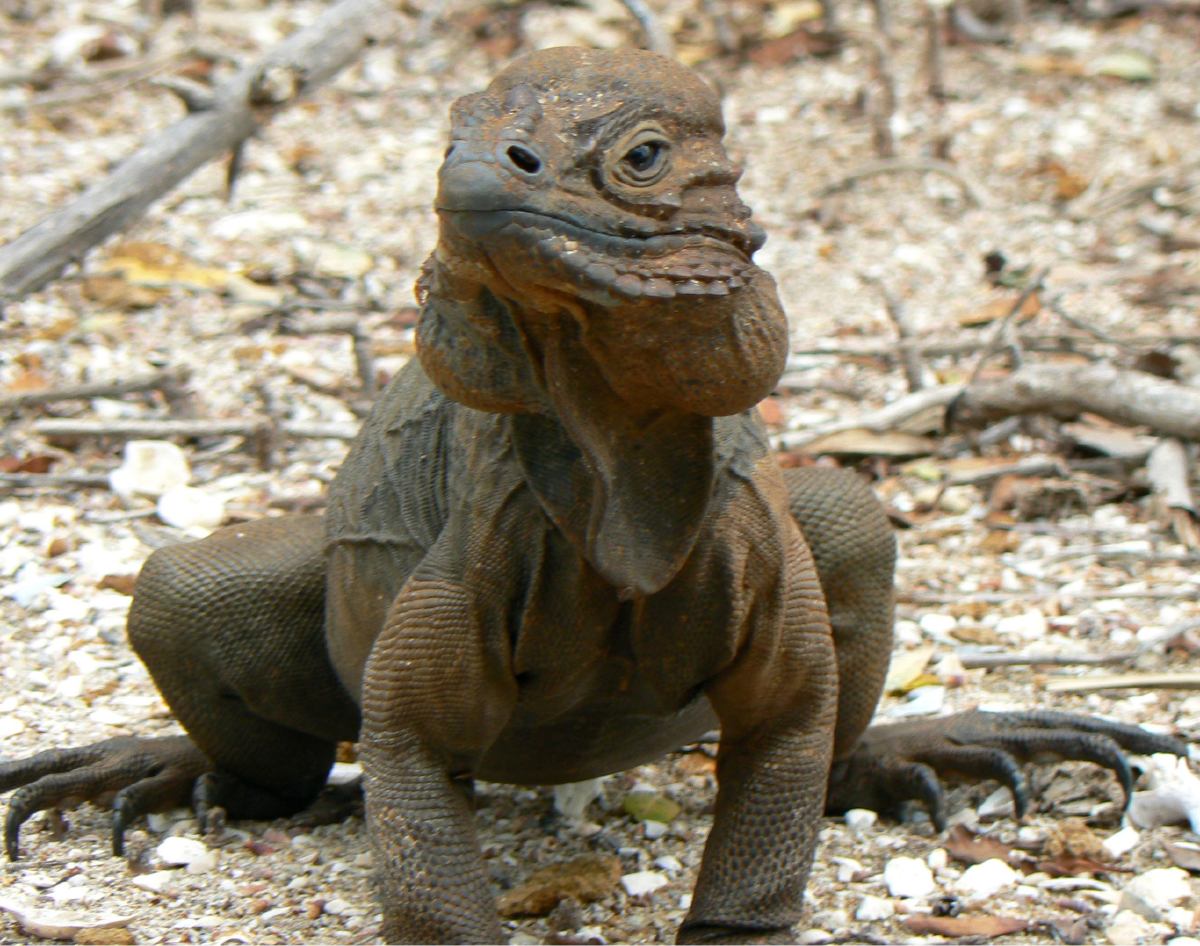
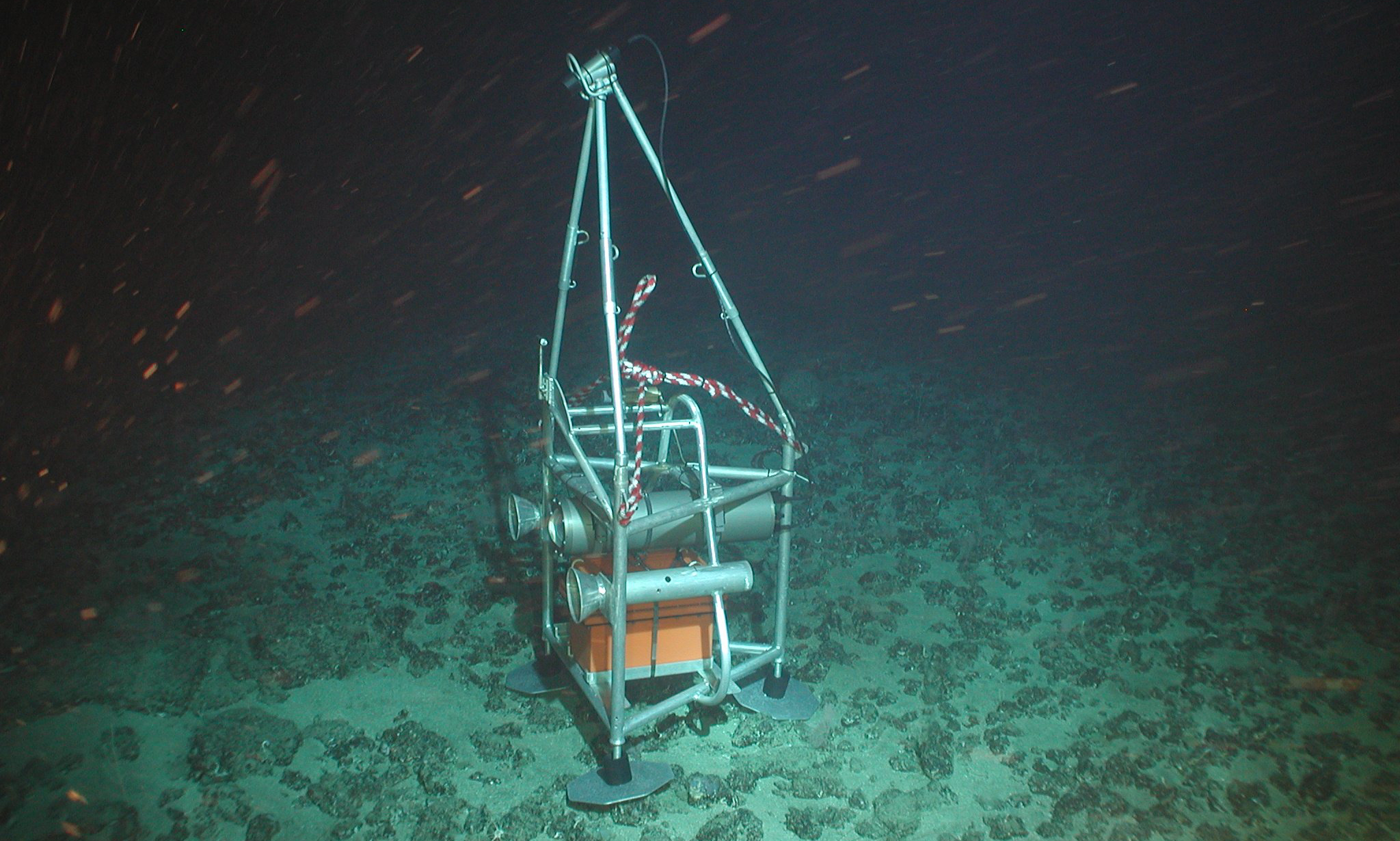
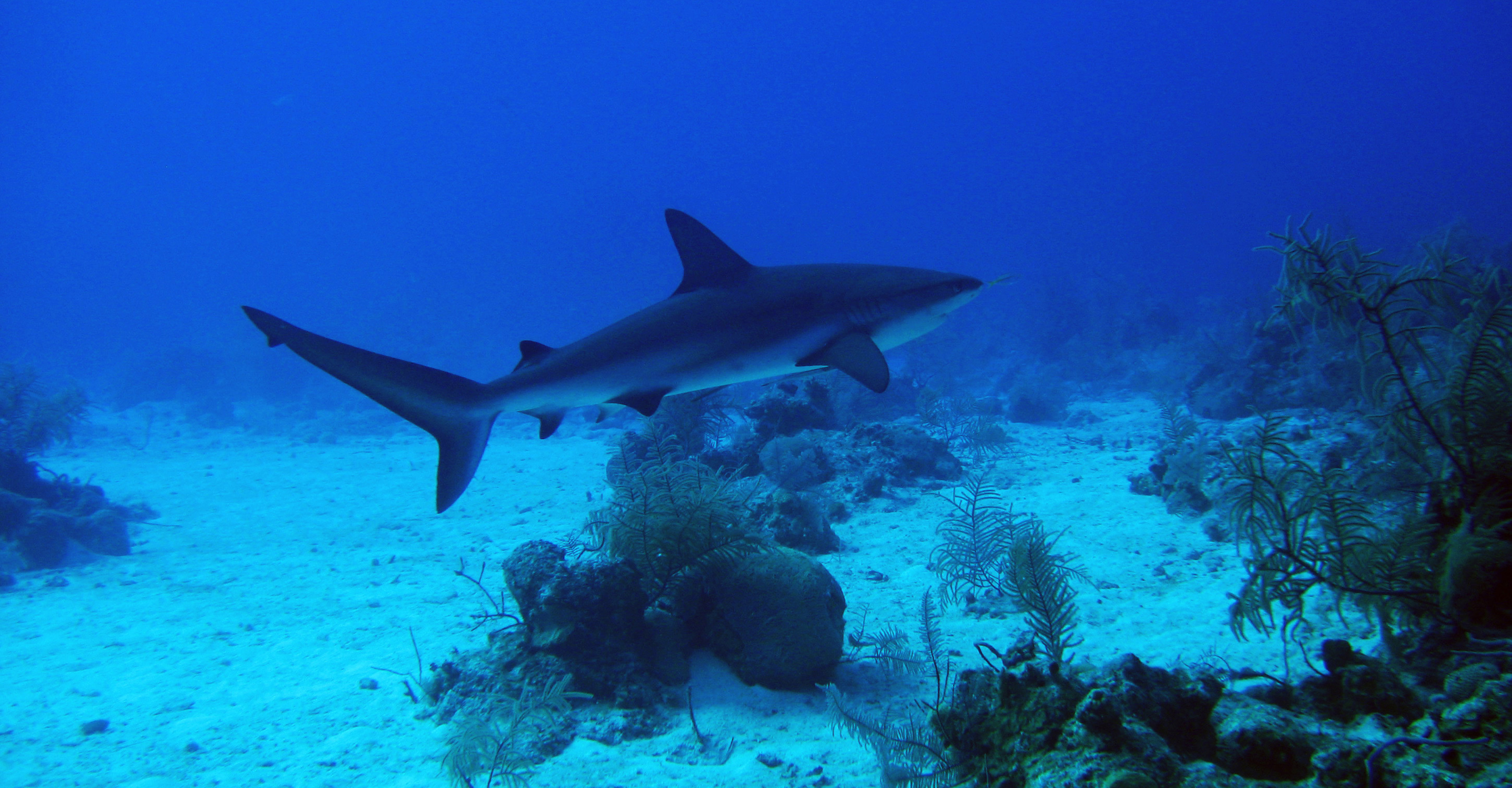
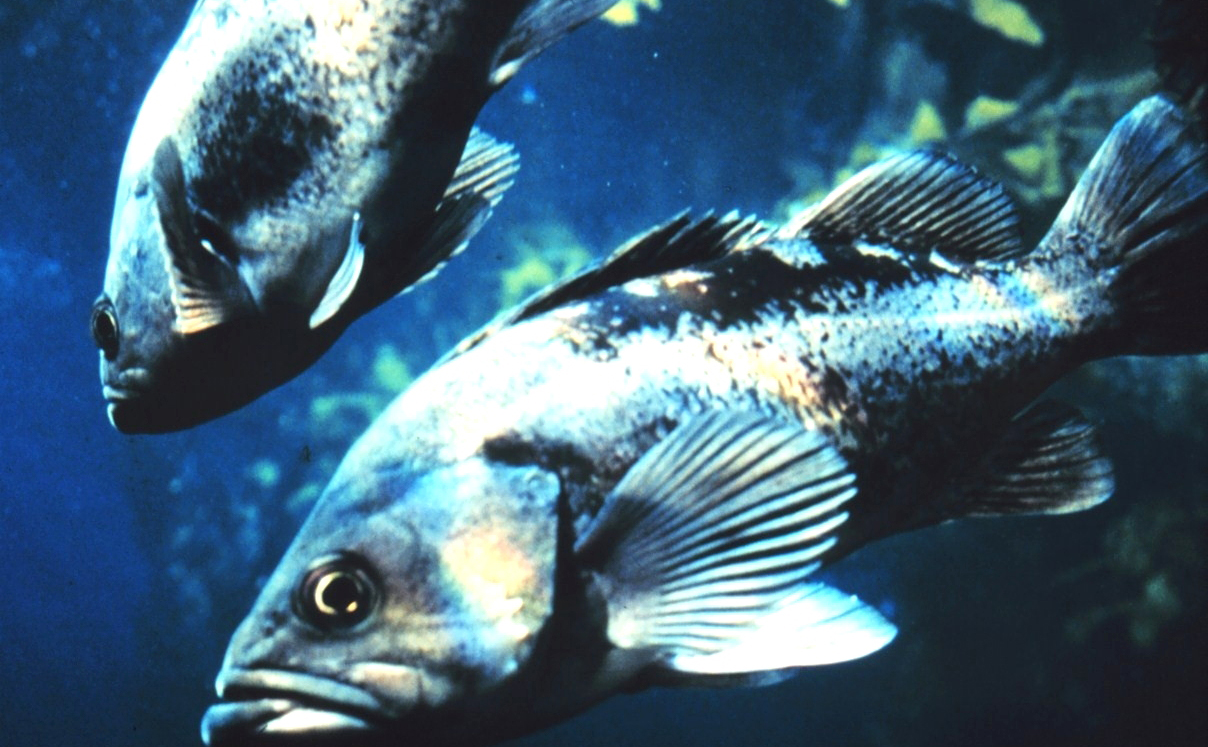

What other people said
Average Rating (1)
Log in or Join now to rate this article!